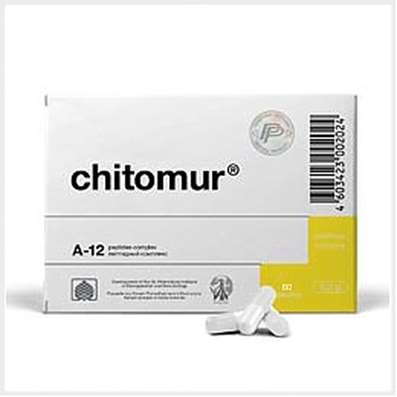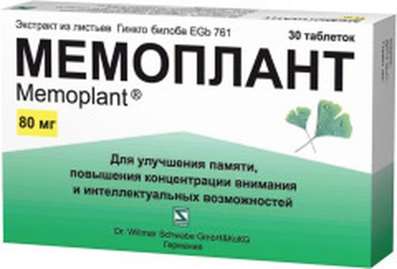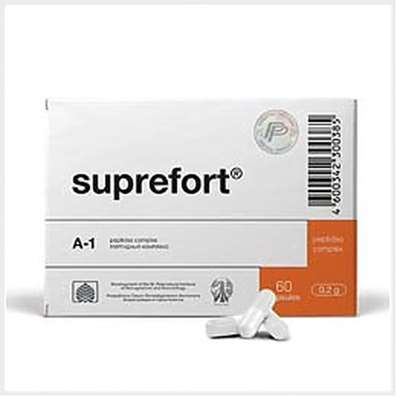Peptide Protein Neurotoxins
09 Dec 2016
Chemist Dr. Doping tells about poison benefits cones shellfish neurotoxins act on the receptors and computer modeling of drugs. How the black mamba venom may help in the creation of analgesics? The more dangerous seashells cones? What are the possibilities for making medicines through open screening in silico?
Separation of neurotoxins on peptide and protein is very conditional. When we are on the border, it is called a polypeptide, and not always easy to say, it is a toxin or protein. For instance, sometimes a small protein called insulin protein, sometimes called a polypeptide. Protein neurotoxins from snake venoms - these are small proteins of 60-75 amino acid residues. What are they interested? This is a very durable molecule. How is this achieved? Each toxin contains at least four disulfide bonds, ie, to alter the molecule between cystine residues, and in some cases, and a fifth disulfide bond. This is what is achieved by the high rigidity of toxins.
Generally speaking, currently available crystal structures of toxins, nuclear magnetic resonance structures. They are called three-looped toxins because, looking at the three-dimensional structure can be seen as if the three loops or three fingers (the exact English term - three-finger), ie three-finger toxins. Moreover, this installation is typical for proteins that perform a variety of functions. In those same poisons of snakes, cobras for example, contains the structure, you look at them - as if one and the same protein as the target action or completely different, and some of them act on the nicotinic acetylcholine receptors, called alpha-neurotoxins, and they played a crucial role for more than forty years ago - helped to highlight the first nicotinic acetylcholine receptors in the individual form. The proteins of the same structure, three-finger toxins inhibit acetylcholine immediately. Proteins having the same four disulfide bonds are reacted with so-called muscarinic receptors and so on and so forth.
These toxins were not interested or past material. Article for the year 2012, the French group Lazdunskogo professor from the venom of the black mamba allocates a three-hinge neurotoxin, it is called mambalgin. It has amazing accuracy blocks one of our receptors - an acid ion channel (English acronym - ASIC). Why is it important? Because it is one of the most important of nociceptive receptors, it carries the pain. That is, this mambalgin sets the theme for the creation of a new analgesic, and the French do it quite actively. I was there recently, attracted even powerful Singaporean firm, to develop such a drug. It is three-looped protein toxins.
There is another class of very interesting toxins can be safely called a peptide neurotoxins present in toxic seashells cones. Very beautiful seashells, I remember even had a picture of one such shell - drawing Rembrandt. What are they interested in? Now they say that in the poisons of snakes and poisons these marine mollusks cones contain - I use the term - combinatorial peptide libraries. Why and how is the name? For example, these mollusks cones about a thousand species, the venom is not each investigated, but for many of these studies, these have already been held, and it is shown that can be distinguished from each venom order at least 50-100 neurotoxic peptides.
If you will spend multiplication, we get a huge collection of compounds. And it is not just collected from around the world for many years, organic compounds, and they have these shellfish are always one and the same goal - they need to immobilize their prey. That is, these small peptides act on the nervous system, immobilizing, causing pain and sometimes even causing pleasurable feelings of the victim, any other toxins relieve pain effect - is a combination of toxins that immobilize and relieve painful effects. That is, you know perfectly well that it is tremendous opportunity for designing drugs. The same variety of shellfish live in different regions have different, let's say, "dietary" preferences: some eat small fish, other - worms and so on and so forth. Accordingly, each mollusk, each species its own set of toxins, that is exactly it is provided and diversity.
Cyanocobalamin injection - is essential for DNA synthesis.
What's more interesting, there are different classes of receptors, for example receptors, which are ion channels, the so-called ligand-controlled ion channels as nicotinic receptor, nicotine or acetylcholine, came to the receptor molecule, opened the channel, went ionic currents gone functioning and so on . There are so-called voltage-gated channels - do not have any chemical signal: changes membrane potential, and the channel starts. And a huge class of receptors that are on their channels are not currently representative of receptor - rhodopsin is in our eyes is the adrenergic receptor, and so on and so forth.
In various poisons shellfish cones have toxins that selectively find and block, and in some cases action activate certain receptor.
And by the way, conotoxins are very striking example: it is not only the tools, some of them are already drugs. The most amazing thing conotoxin itself from one of the molluscs acting calcium channel already around 2004 (it was the decision of the US administration on the use of drugs) is the strongest in the clinic as an analgesic. This, of course, is not tablet that will come and buy at the pharmacy, because it is used in severe cases of cancer patients, and putting it directly into the spinal cord. But it all worked out in the clinic, and he has a huge advantage - it does not cause a morphine addiction he calls as the morphine. And so many conotoxins are being developed as potential analgesic agents, many are in the first stage of clinical trials, some for the second. Moreover, the different target action. For example, one of conotoxins is being tested as a possible anti-epileptic drug. (Cogitum, Piracetam and Noopept are good for Brains).
I about this area is easy and pleasant to talk, because our lab is one of the leading in the world. And the first crystal structure of conotoxin in a complex with a potential target, with acetylcholine binding protein was made by us in cooperation with the Dutch crystallography. So the work continues, in our laboratory is the design of new conotoxins in which we try to increase its potential analgesic activity. So these studies are continuing. And this is the most striking example, when a certain class of toxins can lead to quite realistic real drugs.
Here in creating medicines, starting with neurotoxic peptides, there is a very fertile ground. There are crystal structures of acetylcholine binding protein, I have already mentioned, not only with conotoxins and can be associated with traditional compounds, nicotine, activating receptors with tubocurarine, which receptors are blocked, ie there is a whole panel of potential compounds that increase or decrease efficiency receptors. Moreover, it is important to both. In Alzheimer's disease is important to increase a specific activity of nicotinic receptor - receptor alpha-7 - in the brain and in cancer it is necessary to block the same receptor subtype, located in the immune system. Therefore justified such bidirectional design and agonist compounds, so-called positive modulators that enhance receptor make it more active, and more importantly, which plays the role of a soft brake. This is all very important.
And here again, very good use of modern computer simulation methods, ie methods in silico, as there is a rich base of crystallographic data. This allows, for example, to hold the first test screening in silico, prikinuv on the computer, whether it is a connection to interact with the receptor or not, selected the most potential, they are synthesized, it is possible to check the real interaction. And then there is the following entry, already accounted for the first phase of error, and so on. This is one of the clearest examples of a combination of crystallographic data, often resulting in the model compounds - not at full receptor and its fragment, his domain - and the use of computer simulation to transfer this data to understand how precisely arranged topography, binding region of the true specific receptor subtype, and medications should be made precisely under this subtype.

 Cart
Cart





